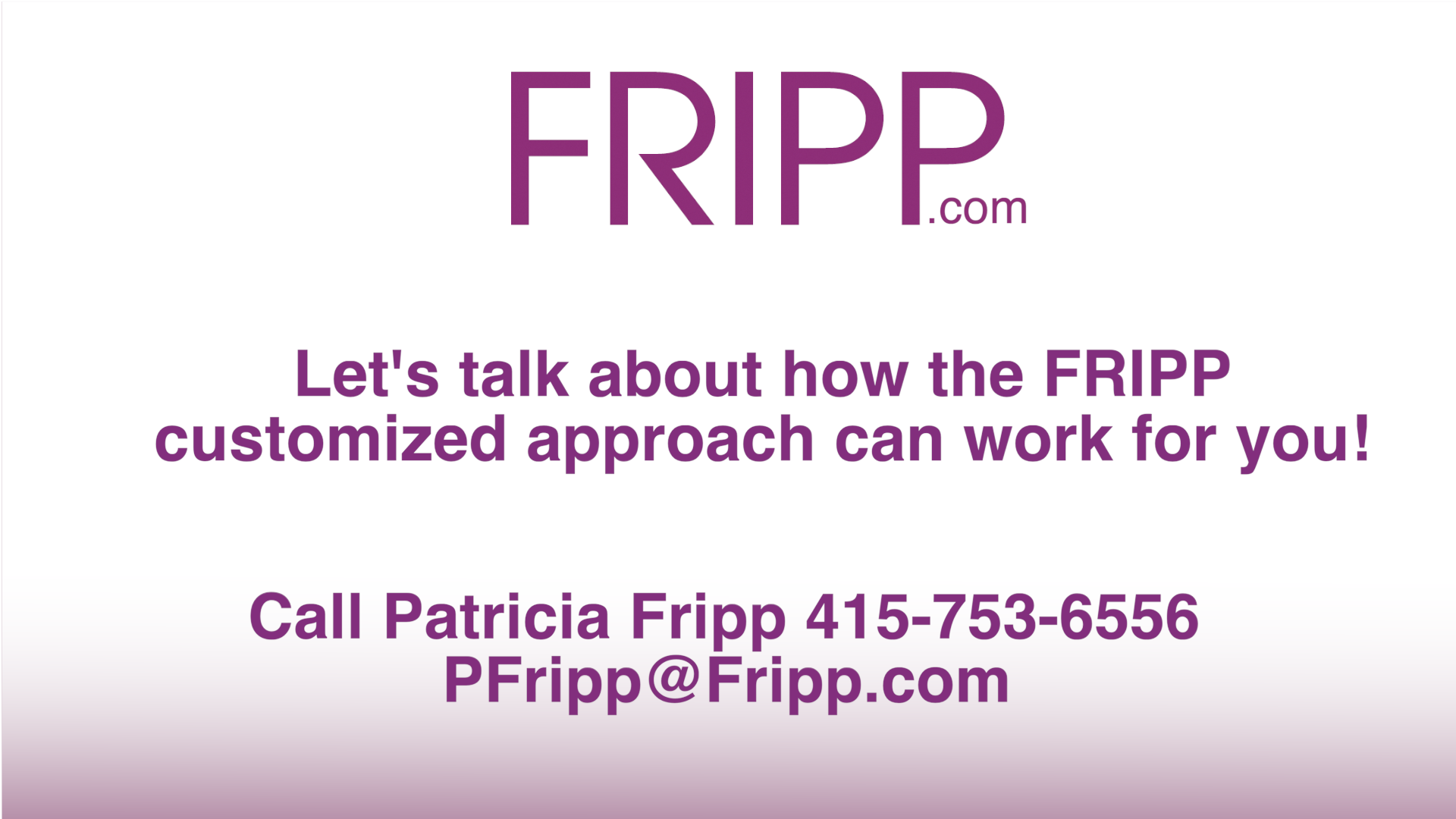Even the most hardened prospect can’t resist a good story when it is well told.
Keep in mind, the reason you tell stories is that your prospects will not remember everything you say. They will, however, remember what they see and feel while they listen to you speak.
Rely on three powerful story formulas to convey your message. They work together in harmony.

Formula 1: Situation, Solution, Success
Situation. The client’s situation is their problem, their pain, and its similarity to the prospect company you are talking to. Think for a moment of one of your satisfied clients. How did they articulate their problem to you?
- “Help! My teams are not productive.”
- “Help! Our current supplier of office equipment is costing us too much!”
- “Help! We are not compliant.”
- “Help! We assumed experienced technology professionals would be able to tell our story effectively!”
Solution. Explain your process so that your prospects can see what it is like working with you. Use phrases such as, “What Diane benefited from is our usual three-step approach with each new client. First we . . .”
Success. This is the end of the story, the happily-ever-after: How did you improve their condition?
Just as with the situation, this needs to be in the client’s words. You can repeat their glowing comments. When you use their words to talk about your product or service, they can be more glowing than what you would say about yourself. An example:
“Patricia, if Diane were here, she would tell you, ‘When I first talked to the people at Profit Factor, my accounting was in a total mess. My last bookkeeper had dropped the ball which resulted in $3,000 fines and penalties. Within three weeks of hiring Profit Factor, not only did I get my $3,000 refunded, but they also found me additional legitimate write-offs that resulted in another $8,762 refund. In the first two months, their efforts paid for their services for the next four years. They have my loyalty for life!’ In your portfolio, you will find her letter and those of two dozen other clients who have businesses of your size.”
This is social proof, or what I like to call “taking your satisfied clients on your sales calls.”
Formula 2: Character, Dialogue, and Dramatic Lesson Learned

Character. The secret of awesome storytelling is to populate your stories with flesh-and-blood characters that your listeners can relate to. You are the salesperson. They are the potential buyers. They relate to the people in your story who were in a situation like theirs.
Start by giving your characters a back story as simple as their title and years of experience. For example, if you spoke of “a human resource director with 23 years’ experience,” the subtext — the content underneath the spoken dialogue — is that someone with 23 years of experience knows how to make wise decisions. Your prospects often reach their conclusions based on the information they hear from “one of your characters who is like them.”
Dialogue. It is important in your example to have the actual words of the client state the problem and then state the success. Their words are often edited and sometimes dramatized; however, the emotional context is accurate. An example:

When Vice Presidents of Marketing are planning their customer conferences, they often ask something like this, “Patricia, we have brilliant engineers who know our technology and do interact with our customers. However, they are not used to speaking to 500 of our customers in a breakout session at our large conferences. How can you help?” I reply, “If you were to ask Greg Smith, Vice President of Marketing at Nutanix, he would tell you, “We consider the investment in Patricia’s coaching a ‘must-have’ part of our events. Since Patricia has been working with our expert technical presenters, our customers rate their performance superb. Now speech coaching has gone from required to requested.”
Dramatic Lesson Learned. Can you see what I did? No way could I say, “I am the best speech coach you could find.” By using Greg’s words, it was as if my satisfied customer were with us.
A good story helps drive more sales more often. Patricia Fripp can talk. Have a conversation.
Formula 3: Take a Page from Hollywood
Hollywood knows how to tell a good story better than most salespeople, and you can gain an advantage by using a typical screenplay structure.
A day in the life. Early in any film, you soon understand a day in the life of the protagonist, the protagonist. Look at Joe, a sales manager in a high-end hotel, well-dressed in a crisp shirt and a great silk tie. We know there are no casual Fridays for the sales staff at a San Francisco luxury hotel atop Nob Hill.
Something happens! Joe, the character with whom the audience empathizes, runs into a problem: the antagonist or bad guy. In this case, it’s not a person but rather the job of delivering a standup presentation to a large group of influential decision-makers. He is nervous and afraid he will lose the $500,000 sale.
As a result of that, Joe calls his friend Fripp, the speech coach.
As a result of that, Fripp tells him what to say and why it will work. Emotional and intellectual connection.
As a result of that, Joe makes the sale, and Fripp’s advice pays off once again!
Is using Hollywood-style strategies overkill? No, even the most analytic of your prospects enjoy being entertained. Make your stories come alive, and they will be remembered and repeated.
The great director Alfred Hitchcock said, “A movie is like life with all the dull parts taken out.”
We are doing this with these three simple formulas: shrinking your time and conversations to a nub for maximum impact.
Using stories in your sales presentation skills makes you more likely to drive sales. Have you ever wondered…
What Do Poor Sales Presentations Cost You?
A good story helps drive more sales more often. Patricia Fripp can talk. Have a conversation.
Need help for you or your team on improving important conversations and presentations? The Fripp Customized Approach will work for you. Contact Fripp today!

